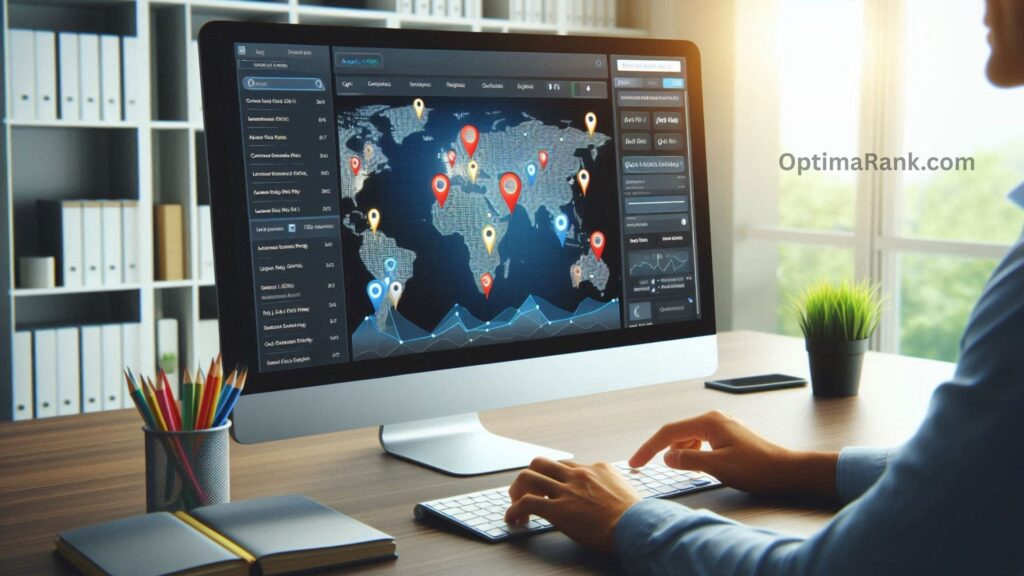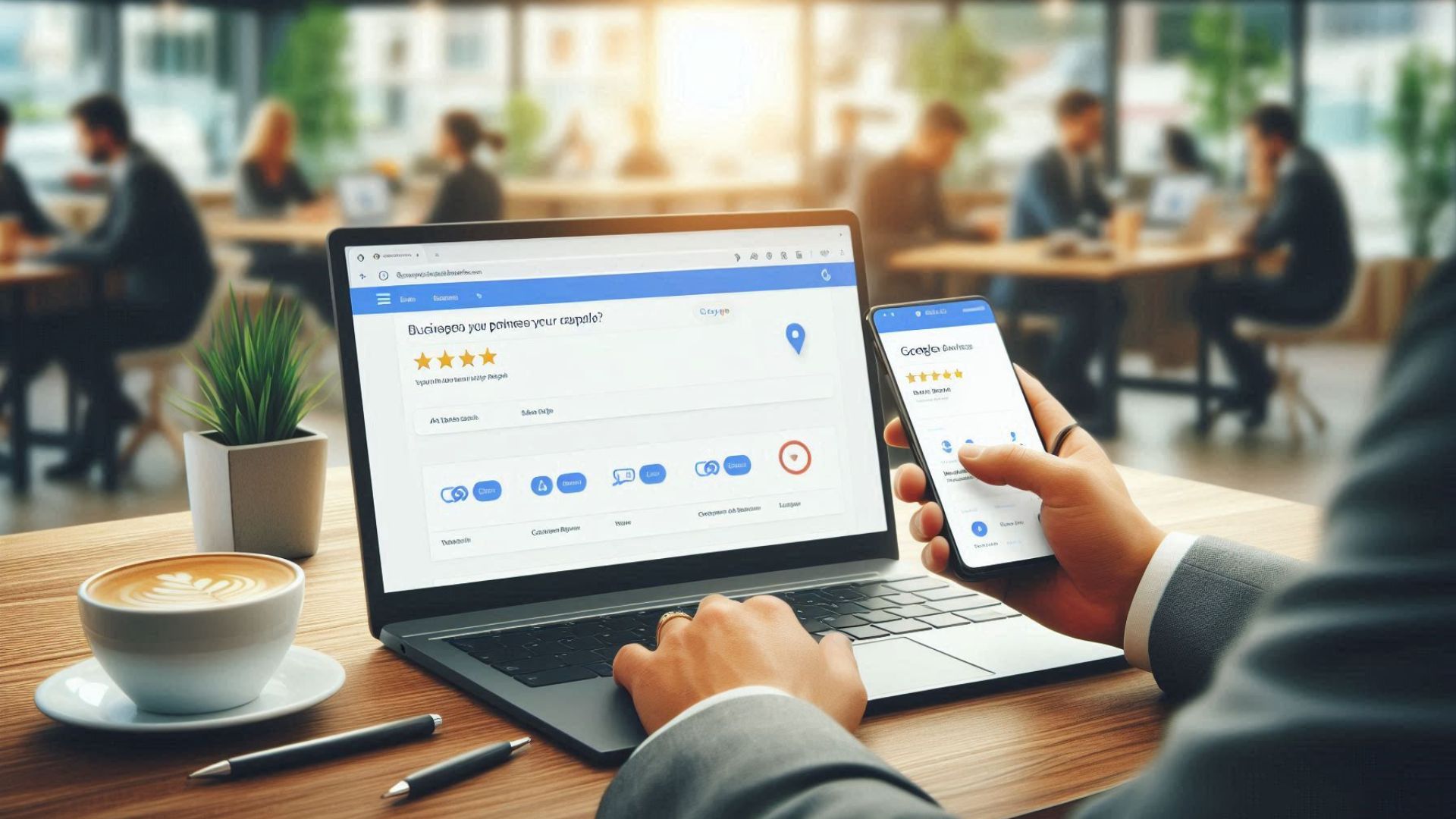How can I Boost Local Reviews for SEO?
The numbers don’t lie—local SEO is a must for any business serving a local community.
Consider this:
- 80% of people use search engines for local searches.
- 18% of local searches lead to a purchase within a day.
- 50% of smartphone users visit a store within 24 hours of searching.
With local search growing in importance, competition for visibility is heating up. That’s why we put together this guide—to help you understand key ranking factors and position your business effectively in local search results.
What is Local SEO?
Local SEO is all about making sure your business appears in local search results, like Google Maps, the local pack, and other location-based listings. But it’s not just about Google—people search for businesses on Bing, Apple Maps, Yelp, and more.

For example, Apple recently launched Business Connect, which lets local businesses claim and optimize their Apple Maps listings—giving them access to an estimated 75-100 million U.S. Apple Maps users.
That said, Google still dominates search, so in this guide, we’ll primarily focus on ranking in Google’s local results.
Who Needs Local SEO?
If you own a physical store or business location, you need local SEO.
Whether you run a small business or manage hundreds of locations for a large company, local SEO helps drive more foot traffic and potential customers your way.

Also Read: How do I Create Locally Targeted Content?
How Local Search Works: Local Pack vs. Organic Results
Let’s say you need a business lunch spot nearby. You open Google and search for “best business lunch near me.”

On the results page, you’ll see two key sections:
- Local Pack – This shows top businesses on Google Maps along with their details (location, reviews, hours, etc.).
- Organic Results – These are the usual website listings, but focused on local businesses.

Also Read: How does Mobile Optimization Affect Local SEO?
What Determines Local Search Rankings?
Google uses three main factors to rank local businesses:
- Relevance – How well does your business match what the user is searching for?
- Distance – How close is your business to the searcher’s location?
- Prominence – How well-known and trusted is your business? (Think of this like a local version of “domain authority.”)
The Two Keys to Local SEO Success
Success in local SEO comes down to two things:

- Being Found – Ranking well in Google Maps, the local pack, and other platforms like Apple Maps.
- Being Chosen – Standing out from the competition and getting users to click on your business listing.
1. How to Improve Local Rankings (Being Found)
Your visibility depends largely on Google Business Profile attributes and customer reviews.
- Business Attributes – These tell Google what your business offers. For example, a restaurant might list attributes like “outdoor seating” or “vegan options.”
- Reviews – Google considers the number of reviews, your average rating, and how quickly you respond to customer feedback.

Also Read: What are Best Practices for Local Landing Pages?
2. How to Get Customers to Choose You (Being Selected)
Even if you rank high, customers still need a reason to pick your business over competitors.
- Quality Reviews – It’s not just about having reviews, but what people say in them.
- Engagement – Quickly responding to reviews makes your business look more trustworthy.
- Strong Listings – Complete, updated listings with high-quality photos and clear business information help attract more clicks.
9 Ways to Improve Your Local SEO
Here are some simple yet effective ways to boost your local search visibility:

- Optimize Your Google Business & Apple Business Connect Listings – Keep your info updated, add photos, and respond to reviews.
- Understand Local Search Intent – Make sure your business information matches what customers are looking for.
- Monitor Online Reviews – Track feedback to see what’s working and what needs improvement.
- Track Local Rankings – Use tools to monitor how your business ranks in different locations.
- Create Localized Content – Use location-specific landing pages to attract nearby customers.
- Make Pages Easy to Find – Ensure your local pages are linked and easy for Google to crawl.
- Keep NAP Consistency – Your Name, Address, and Phone Number should match across all platforms.
- Use Location in Meta Tags – Include your city or neighborhood in page titles and descriptions.
- Optimize for Voice Search – Many local searches come from voice assistants like Siri and Alexa—make sure your content answers common customer questions.




Post Comment